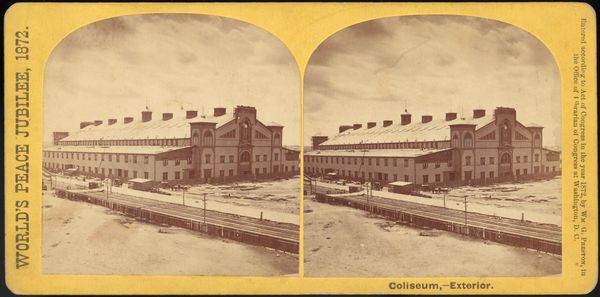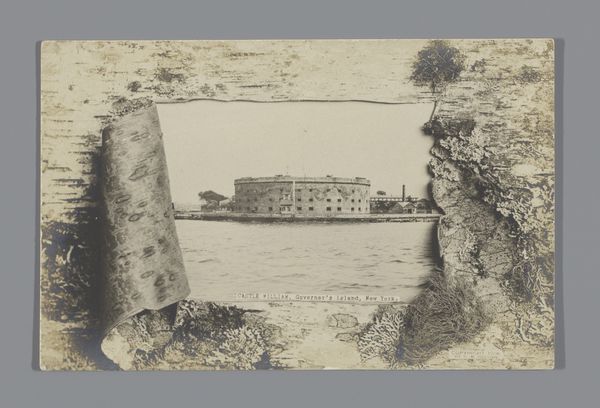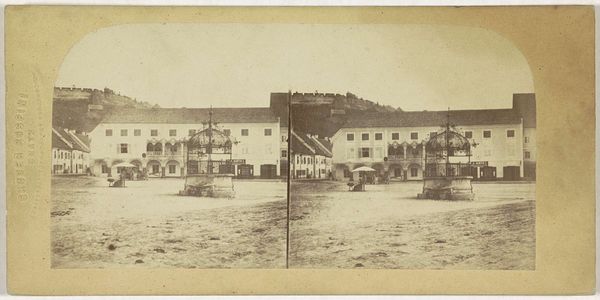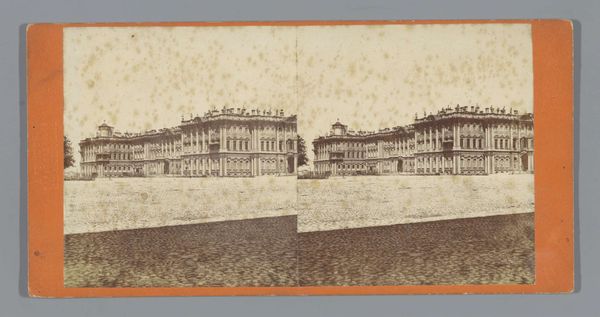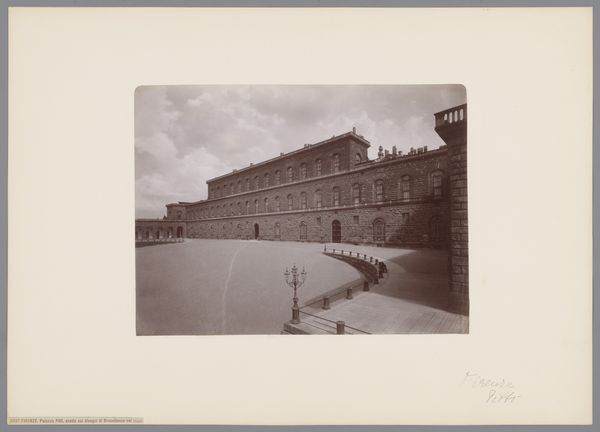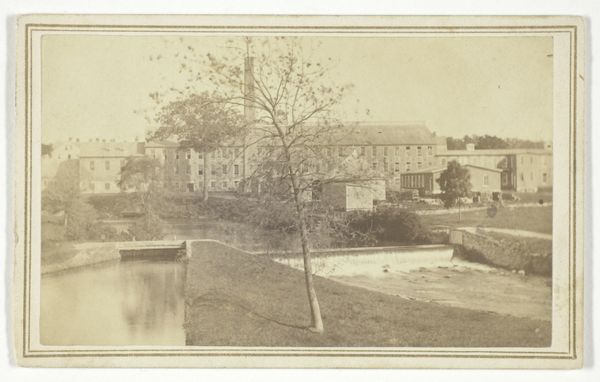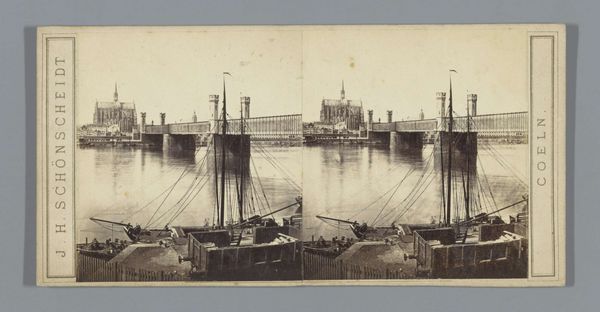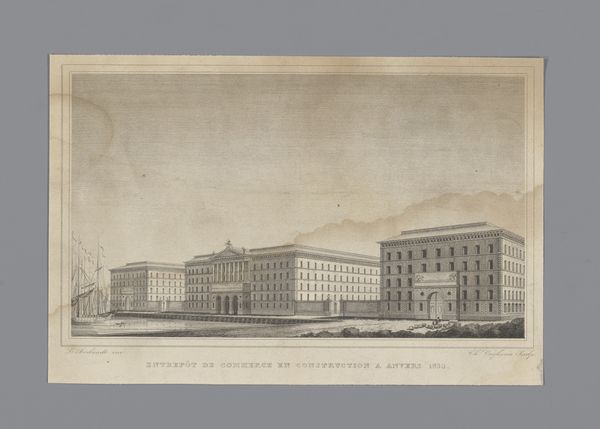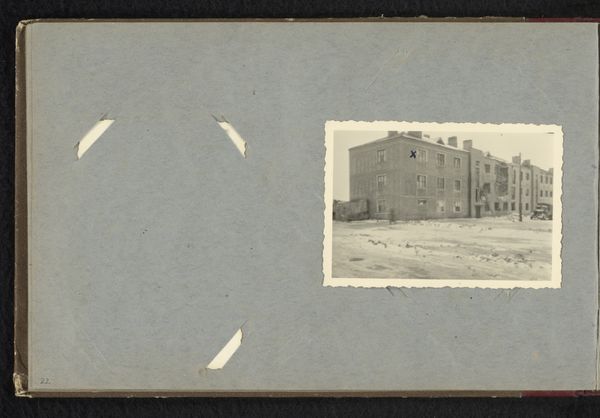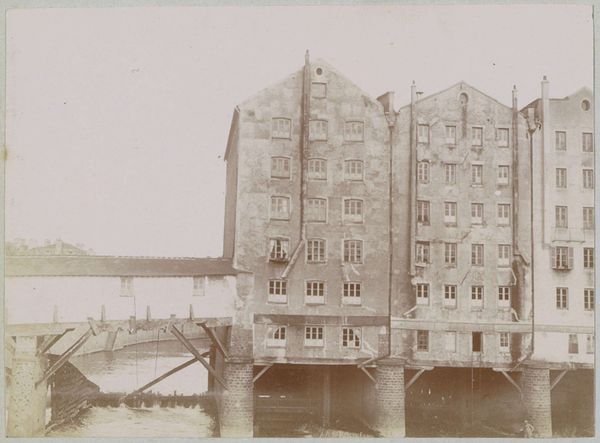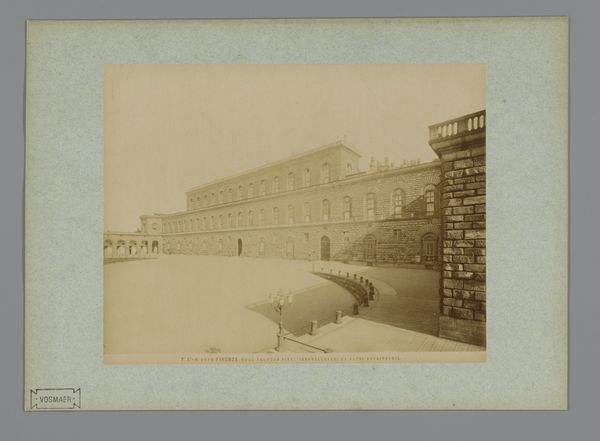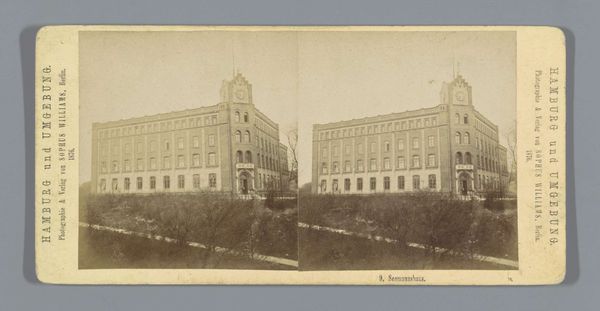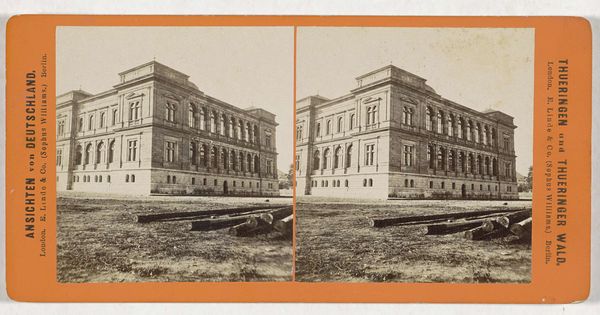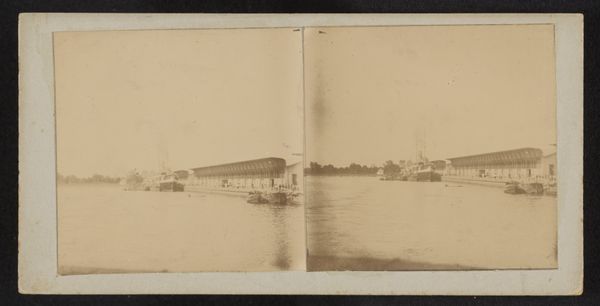
photography, gelatin-silver-print
#
landscape
#
photography
#
gelatin-silver-print
#
realism
Dimensions: height 85 mm, width 170 mm
Copyright: Rijks Museum: Open Domain
Editor: This gelatin silver print, "Gezicht op Fort Saint-Jean te Marseille," was captured by Jean Andrieu sometime between 1862 and 1876. I'm immediately struck by how…stark it feels. The imposing structure against the muted tones of the water and sky gives it a real sense of isolation. What can you tell me about this piece? Curator: The starkness you observe, I think, is a crucial entry point. Consider the era: mid-19th century. Photography was still finding its footing, both technically and artistically. This image isn’t just a record; it’s a statement. The very act of documenting Fort Saint-Jean speaks to the intersection of power, visibility, and perhaps even control. Who had the access and resources to create such an image, and what does that say about their relationship to the space itself? Editor: So, it’s not just about the fort, but also about who is looking at the fort? Curator: Precisely. Fort Saint-Jean has a long and complex history, from its medieval origins to its use as a prison, particularly during the French Revolution. Photography, then, becomes another layer of surveillance, reinforcing existing power structures. We can ask, whose narrative is amplified and whose is silenced? What is absent from this image – who and what does it exclude, and how does that affect our understanding of it? Think about Marseille itself at the time. Editor: That makes me see it differently. I guess I was just looking at it as a landscape photograph. Curator: Exactly, and “landscape” is a loaded term! Whose landscape is this, really? Let's dig deeper into how art intersects with sociopolitical issues. These types of visual records reflect colonialist perspectives and narratives related to gender, class, and more. How do those impact an artist’s rendering? It also prompts questions about how we interpret "Realism" and truth. Editor: That's given me so much to think about, about perspective and power, especially. It’s amazing how much is packed into one still image. Curator: Absolutely! Now you’re looking at photography not just as representation, but as an active participant in shaping our understanding of history. It becomes a document to be read critically.
Comments
No comments
Be the first to comment and join the conversation on the ultimate creative platform.
